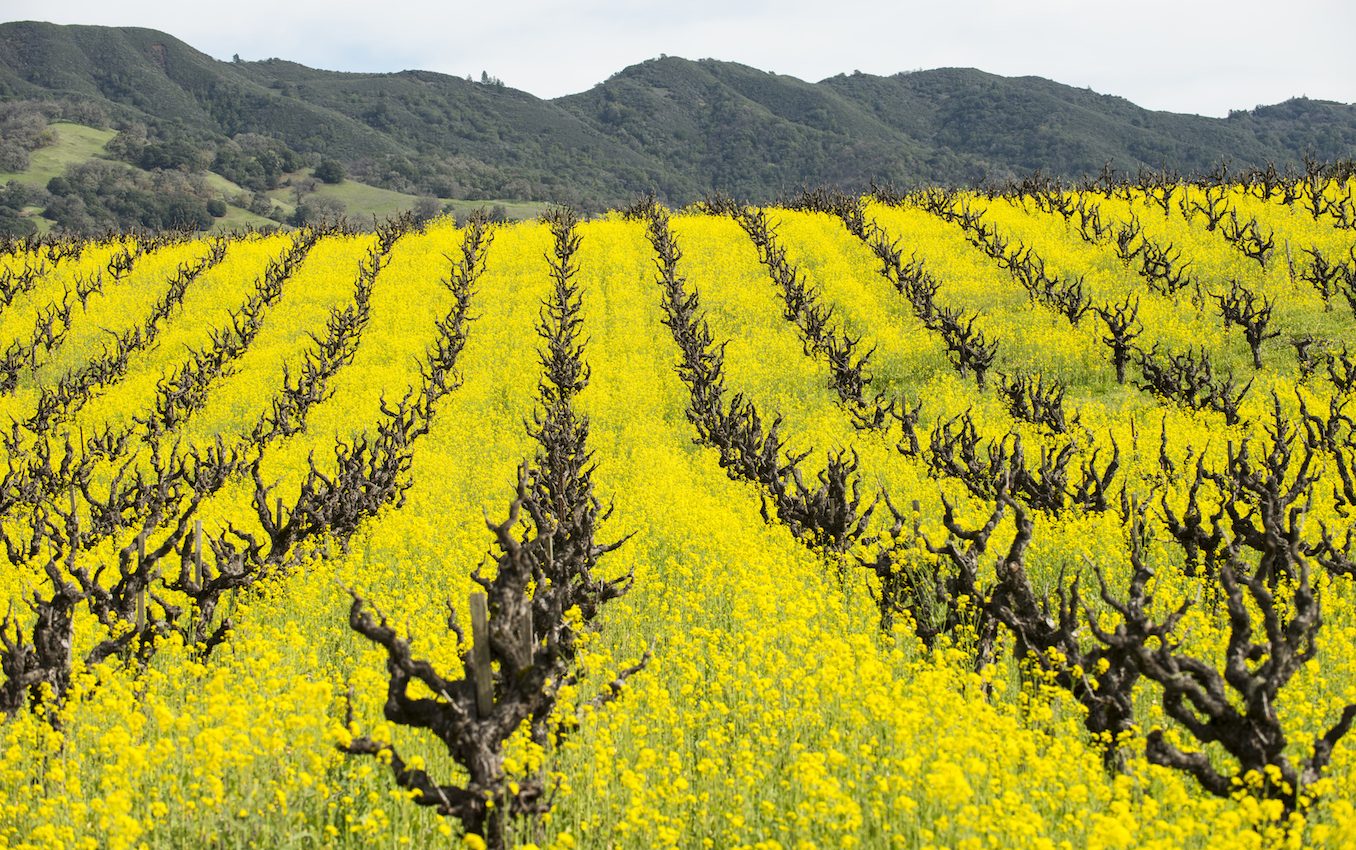
Cover crops can produce a local warming effect in the wintertime
The cover crops used in between growing seasons may be warming wintertime temperatures in the northern United States and southern Canada, according to a new study. The crops create a darker surface, absorbing more heat from the Sun and producing a local warming effect.
Study lead author Danica Lombardozzi is a plant ecologist at the National Center for Atmospheric Research.
“Most people look at cover crops for the localized benefits, but the fact that they might increase winter temperature means they could contribute to regional climate change,” said Lombardozzi.
When vegetation is protruding above the ground, the snow is prevented from reflecting solar heat back toward space. Instead, more heat is absorbed by the plant stems and leaves, and the atmosphere is warmed up.
“Dark cover crops absorb the Sun’s heat and then warm the atmosphere. Even crops partially covered by snow could decrease reflectivity enough to influence the winter temperature,” explained Lombardozzi
The research team, which also included scientists from the University of New Hampshire and Cornell University, used advanced simulations of the NCAR-based Community Earth System Model (CESM) to analyze the interaction between cover crops, the land surface, and the atmosphere
“We wanted to look at the characteristics of cover crops: are they tall or short, do they have lots of leaves or few leaves?” said study co-author and NCAR senior scientist Gordon Bonan.
The scientists ran a series of simulations to represent a broad range of crops. The simulation included tall plants with few leaves, tall plants with lots of leaves, and short plants with lots of leaves.
The study revealed that, in growing regions across the central and northern United States and southern Canada, tall and leafy cover crops increase temperatures just above Earth’s surface by nearly 5.5 degrees Fahrenheit through the winter months.
The researchers also found patterns of warming for the shorter and less leafy cover crops, but the change was not as significant.
“In general, the height tends to matter more than the leafiness, but together they have a strong impact,” said Lombardozzi. “The study’s results suggest that farmers could reap the full benefits of winter cover crops and reduce the impact on climate by planting shorter and less leafy crops.”
The experts said that further research is needed to understand the costs and benefits of winter cover crops in North America.
“It is essential to understand how our land management practices might affect climate,” said Lombardozzi. “If we want all of the benefits that cover crops can provide, like carbon storage and erosion control, we also need information on cover crops that can minimize regional warming impacts.”
The research is published in the journal Geophysical Research Letters.
—
By Chrissy Sexton, Earth.com Staff Writer













